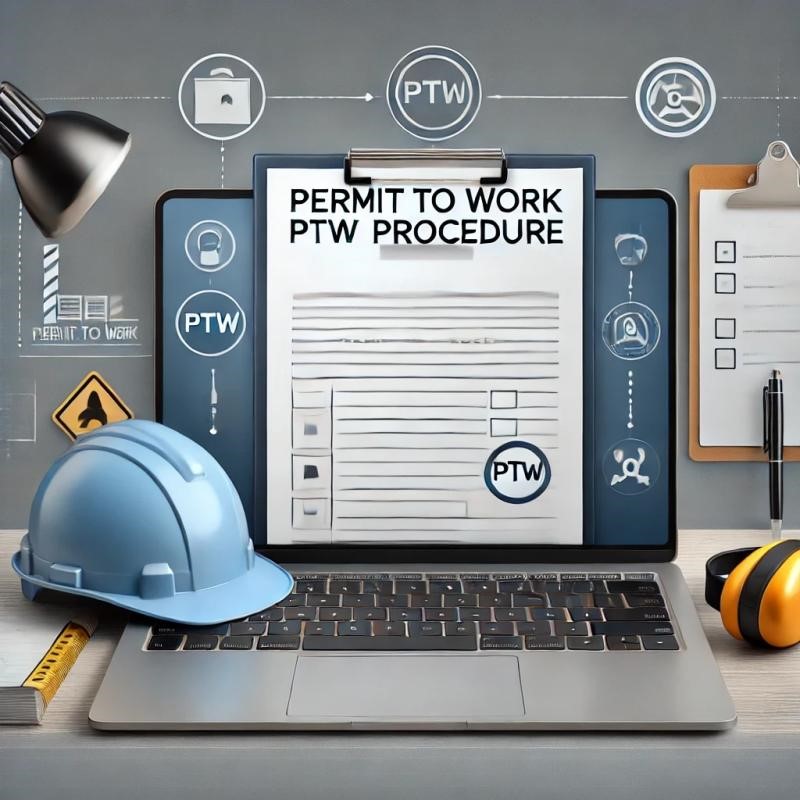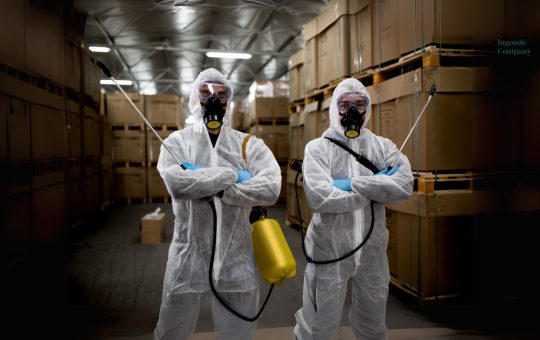
Level 2 Award in Advanced Permit to Work Systems
Level 2 Award in Advanced Permit to Work Systems
Course Overview
The Level 2 Award in Advanced Permit to Work Systems equips participants with the knowledge and skills required to effectively manage and implement permit-to-work (PTW) systems. This advanced-level training focuses on ensuring that high-risk activities, such as hot work, confined space entry, and maintenance, are carried out under controlled and safe conditions. Participants will gain insight into PTW system design, execution, monitoring, and auditing processes, aligning with industry best practices and regulatory requirements.
This course is ideal for supervisors, safety officers, managers, and any personnel responsible for managing or overseeing PTW systems in their organizations.
Benefits
- Enhanced Safety: Minimize risks associated with high-risk tasks through effective PTW systems.
- Regulatory Compliance: Ensure adherence to legal and industry-specific safety standards.
- Efficiency: Streamline the management of work permits to reduce delays and improve coordination.
- Risk Reduction: Identify and mitigate hazards more effectively.
- Career Growth: Gain a competitive edge in occupational safety and health roles.
Learning Outcomes
Upon completing this course, participants will be able to:
- Understand the purpose and components of advanced permit-to-work systems.
- Identify activities requiring PTW and assess associated risks.
- Design and implement an effective PTW system tailored to organizational needs.
- Monitor and enforce compliance with PTW requirements.
- Conduct audits and reviews of PTW systems to ensure continuous improvement.
- Collaborate with teams to foster a culture of safety around PTW systems.
Study Units
Unit 1: Introduction to Permit-to-Work Systems
- Fundamentals of PTW systems.
- Purpose and scope of PTW systems in high-risk environments.
- Key industry standards and regulations.
Unit 2: Types of Permits and Their Applications
- Hot work permits.
- Confined space entry permits.
- Electrical isolation permits.
- Excavation and ground disturbance permits.
- Working at height permits.
Unit 3: Roles and Responsibilities
- Responsibilities of permit issuers, approvers, and recipients.
- Ensuring effective communication between stakeholders.
- Emergency roles in PTW systems.
Unit 4: Risk Assessment and Hazard Identification
- Conducting pre-task risk assessments.
- Identifying and mitigating hazards specific to PTW activities.
- Linking PTW with broader safety management systems.
Unit 5: Implementing and Managing PTW Systems
- Creating and issuing permits.
- Ensuring proper documentation and record-keeping.
- Monitoring compliance during task execution.
Unit 6: PTW Auditing and Continuous Improvement
- Conducting audits and inspections of PTW systems.
- Identifying gaps and areas for improvement.
- Updating PTW procedures in line with evolving risks.
Career Progression
This qualification prepares participants for advanced safety roles, such as:
- Permit Coordinator: Oversee the issuance and management of work permits.
- HSE Supervisor/Manager: Develop and monitor PTW systems in high-risk industries.
- Safety Auditor: Conduct PTW system audits to ensure compliance and efficiency.
- Operations Manager: Manage teams working under PTW systems with enhanced safety protocols.
- Industrial Safety Consultant: Provide expertise on designing and implementing effective PTW frameworks.
This course serves as a steppingstone for professionals aspiring to specialize in managing high-risk operational safety.
Our assessment process is designed to ensure every learner achieves the required level of knowledge, skills, and understanding outlined in each course unit.
Purpose of Assessment
Assessment helps measure how well a learner has met the learning outcomes. It ensures consistency, quality, and fairness across all learners.
What Learners Need to Do
Learners must provide clear evidence that shows they have met all the learning outcomes and assessment criteria for each unit. This evidence can take different forms depending on the course and type of learning.
Types of Acceptable Evidence
Assignments, reports, or projects
Worksheets or written tasks
Portfolios of practical work
Answers to oral or written questions
Test or exam papers
Understanding the Structure
Learning outcomes explain what learners should know, understand, or be able to do.
Assessment criteria set the standard learners must meet to achieve each learning outcome.
Assessment Guidelines
All assessment must be authentic, current, and relevant to the unit.
Evidence must match each assessment criterion clearly.
Plagiarism or copied work is not accepted.
All learners must complete assessments within the given timelines.
Where applicable, assessments may be reviewed or verified by internal or external quality assurers.
Full learning outcomes and assessment criteria for each qualification are available from page 8 of the course handbook.
Top Courses
No results found.
Related Courses
Let's Get in touch
Deleting Course Review
Course Access
This course is password protected. To access it please enter your password below:



